An Inquiry into the quality of university governance has asked the vice-chancellors of universities who are cutting staff why they are paid up to $1 million per year.
Please login below to view content or subscribe now.
Membership Login
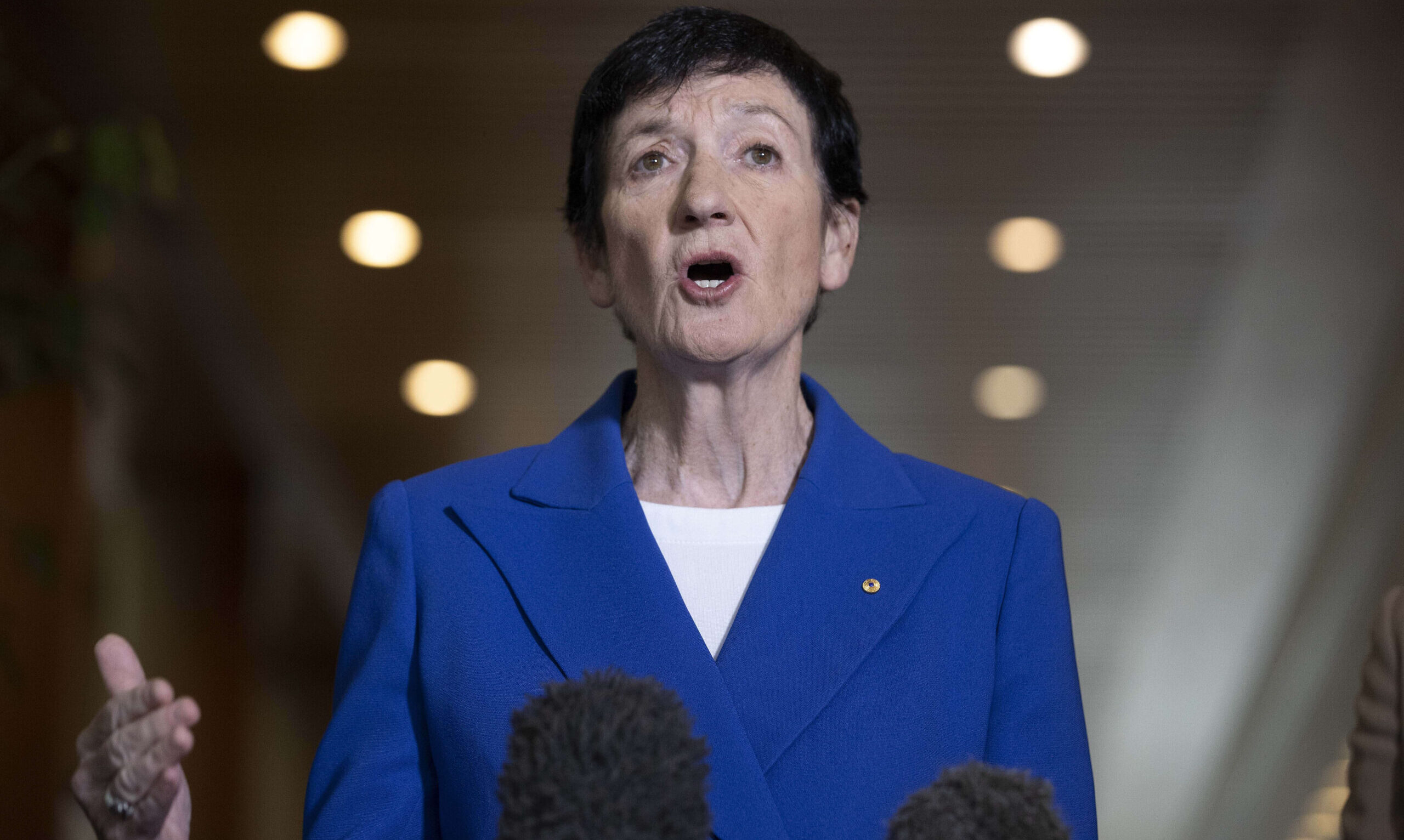
An Inquiry into the quality of university governance has asked the vice-chancellors of universities who are cutting staff why they are paid up to $1 million per year.
Please login below to view content or subscribe now.

The University of Technology Sydney (UTS) has given evidence to a federal senate inquiry that probed how cutting education and public health courses aligns with its public mission.
Please login below to view content or subscribe now.
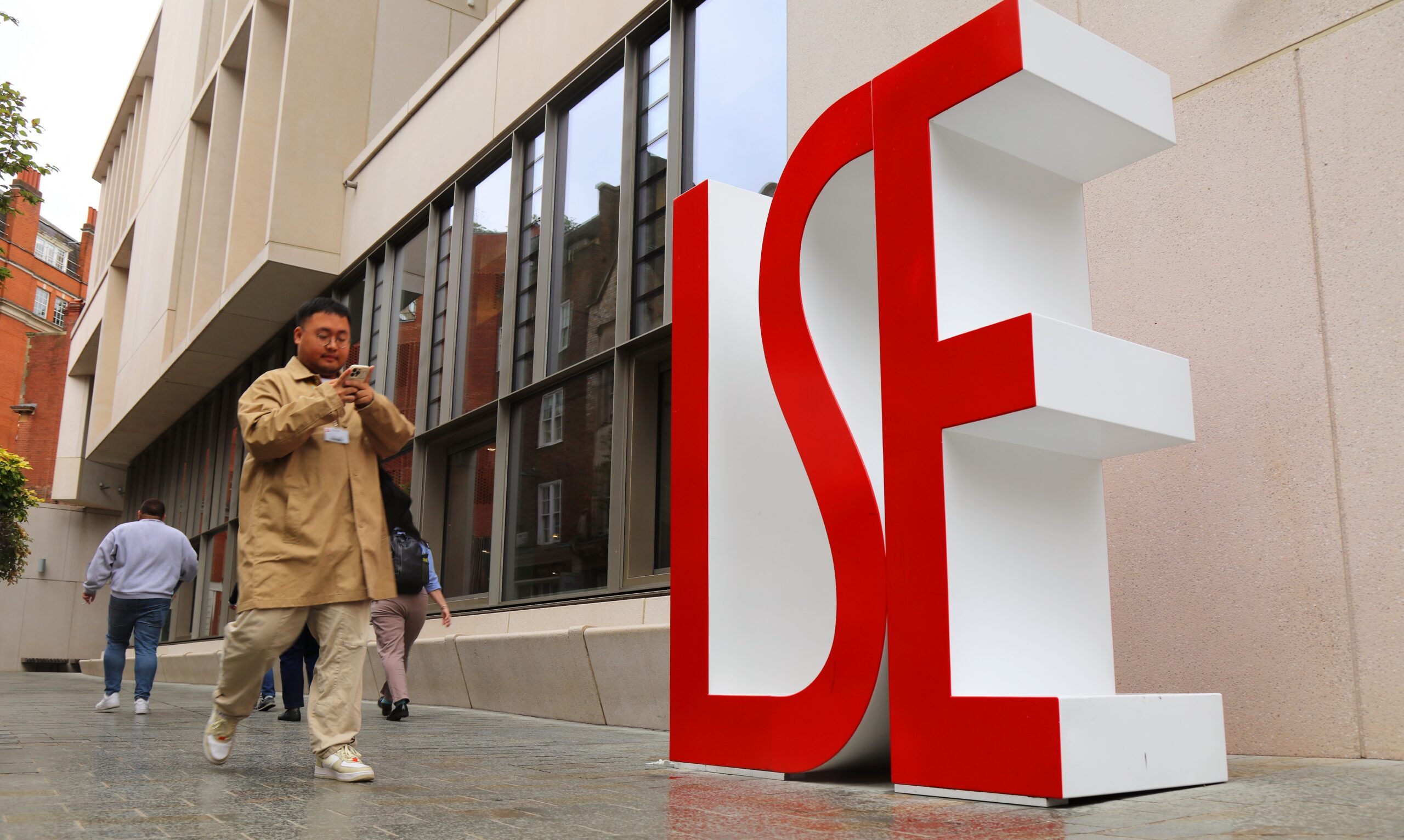
It’s not often we get invited to deep dive into the workings of other universities, even less so when they’re on the other side of the world.
Please login below to view content or subscribe now.
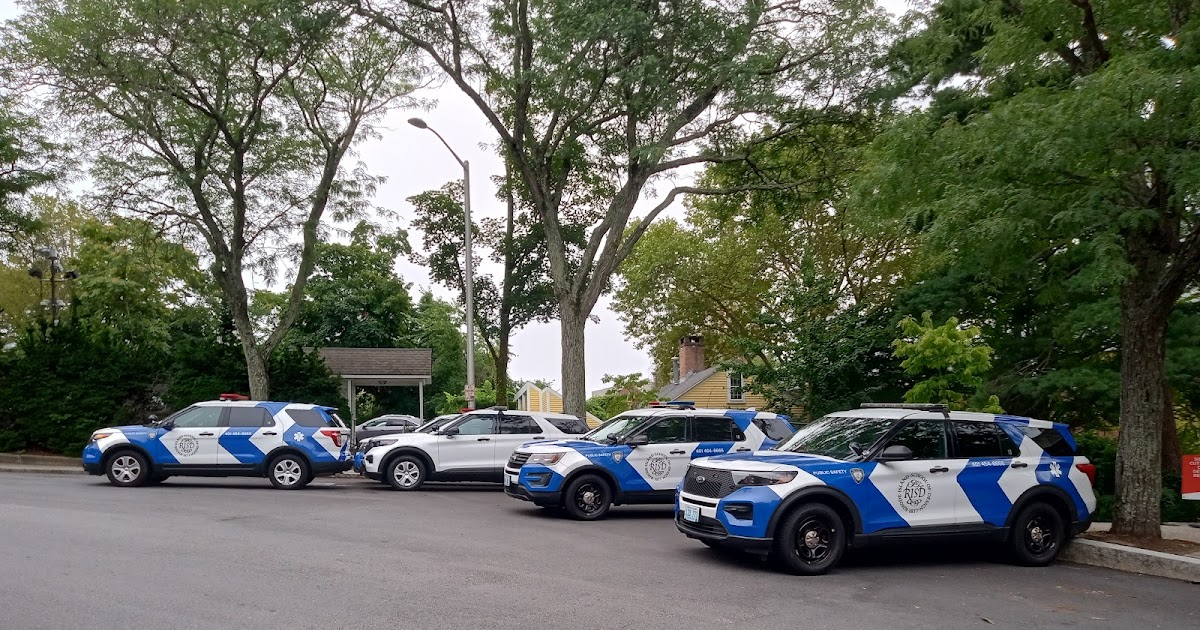
Campus policing in the United States has a long and complicated history, one that cannot be understood apart from the larger culture of violence in the nation. Colleges and universities, far from being sanctuaries of peace, have mirrored the broader society’s struggles with crime, inequality, and abuse of power. The development of campus police forces is both a symptom of these realities and a contributor to them.
In the early 20th century, many colleges relied on night watchmen or unarmed security guards to keep order. Their duties were limited: locking buildings, checking IDs, and responding to minor incidents. But as campuses expanded in size and complexity—particularly after the GI Bill opened higher education to millions—colleges began to formalize security forces. By the 1960s and 1970s, during an era of political unrest and rising crime rates, many institutions established their own sworn police departments with full arrest powers.
The rationale was simple: the surrounding society was becoming more violent, and colleges were not immune. Campus shootings, from the University of Texas tower massacre in 1966 to Virginia Tech in 2007, underscored the vulnerability of universities to extreme violence. Administrators and legislators justified campus policing as a necessary protection against a culture of guns, crime, and fear.
Today, more than 90 percent of U.S. colleges and universities with 2,500 or more students have some form of armed campus police. Many operate as fully accredited police departments, indistinguishable from municipal counterparts. They are tasked with preventing theft, responding to assaults, and increasingly, preparing for mass shootings. This expansion reflects the broader American decision to deal with social breakdown through policing and incarceration rather than through prevention, education, or healthcare.
Yet the rise of campus police also brings deep contradictions. If colleges are supposed to be places of learning and community, what does it mean that they are patrolled by officers trained in the same punitive logics as city police? What does it say about the United States that students—especially students of color—often feel surveilled rather than protected?
Beyond concerns about over-policing, there is another side to the story: under-policing and coverups. Colleges have long been criticized for minimizing reports of sexual assault, hazing, hate crimes, and other misconduct in order to protect their reputations. Title IX litigation, Department of Education investigations, and journalism have revealed systemic patterns of universities failing to report crimes or discouraging survivors from coming forward.
Campus police departments have sometimes been complicit in these coverups. Because they report to university administrations rather than independent city governments, their accountability is compromised. The incentive to “keep the numbers down” and maintain the appearance of a safe, prestigious campus can lead to the suppression of reports. Survivors of sexual violence often describe being dismissed, ignored, or retraumatized by campus police who appeared more concerned about institutional liability than student well-being.
The dual role of campus police—protecting students from external dangers while shielding institutions from internal accountability—illustrates the contradictions of higher education in a violent society. Universities are expected to provide safety in a nation awash with firearms, misogyny, racism, and economic desperation. But instead of challenging these conditions, many campuses rely on armed policing, surveillance technologies, and public relations strategies.
The result is a paradox: campuses are policed as if they are dangerous cities, yet when crimes happen within their walls, especially those involving sexual violence or elite fraternities and athletes, those same crimes are often hidden from public view.
Critics argue that true campus safety requires moving beyond reliance on police alone. Investments in mental health services, consent education, community accountability processes, and structural reforms to address gender violence and racial inequities are essential. Some advocates push for independent oversight of campus police, ensuring they are accountable not just to administrators but to students, staff, and the broader public.
If campus policing has grown because America has normalized violence, then reimagining campus safety requires confronting the roots of that violence. As long as universities remain more committed to protecting their brands than their students, campus cops will embody the contradictions of American higher education—part shield, part coverup, and part reflection of a society unable to address its deeper wounds.
Sources
Sloan, John J. and Fisher, Bonnie S. The Dark Side of the Ivory Tower: Campus Crime as a Social Problem. Cambridge University Press, 2011.
Karjane, Heather M., Fisher, Bonnie S., and Cullen, Francis T. Campus Sexual Assault: How America’s Institutions of Higher Education Respond. National Institute of Justice, 2002.
U.S. Department of Education, Clery Act Reports.
Armstrong, Elizabeth A. and Hamilton, Laura. Paying for the Party: How College Maintains Inequality. Harvard University Press, 2013.
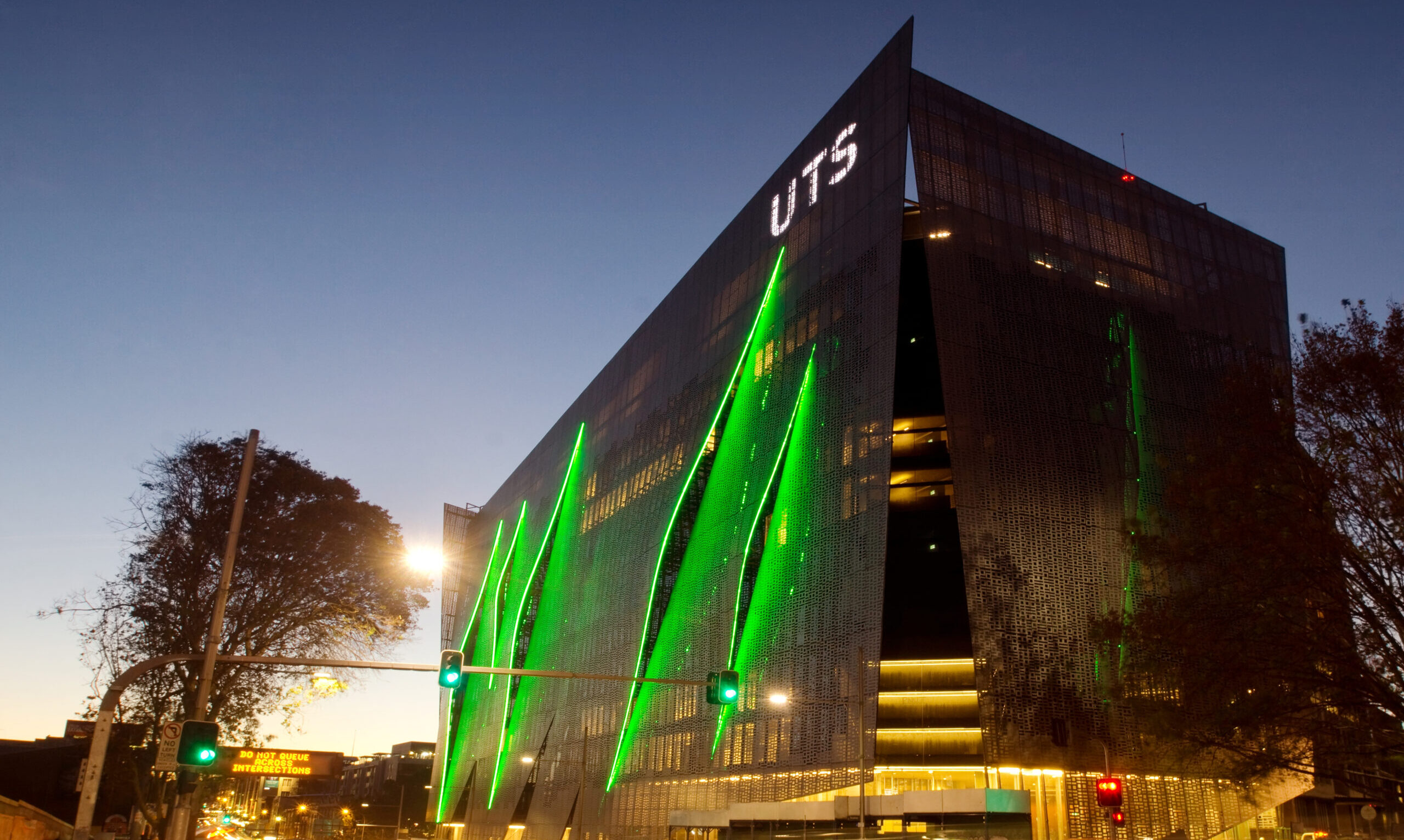
The University of Technology Sydney (UTS) is now under dual scrutiny from regulators, with both the tertiary education and workplace health and safety watchdogs undertaking concurrent investigations.
Please login below to view content or subscribe now.

The federal government has published a consultation paper calling for suggestions to reform the Tertiary Education Quality and Standards Agency (TEQSA) Act, which determines the regulator’s powers.
Please login below to view content or subscribe now.

It’s been five years since our first podcast episode was released on September 9, 2020. Our aim was high: to launch a platform seeking to change higher education for good.
Please login below to view content or subscribe now.

Multiple colleges and universities, including some ultrawealthy ones, have announced plans to cut jobs and academic programs, as well as implement other changes, due to financial challenges driven by a range of factors.
For some institutions, belt-tightening measures are directly tied to the economic forces battering the sector as a whole: declining enrollments, rising operating costs and broad economic uncertainty. For others, financial pressure from the Trump administration, which has frozen federal research funding at multiple institutions, prompted cuts. State lawmakers have also forced program reductions at some public institutions.
Here’s a look at job and program cuts and other cost-cutting efforts announced in August.
Despite its $10 billion endowment, the private institution is slashing expenses by $100 million, shedding 400 staff jobs and pausing admissions into multiple graduate programs.
Chicago president Paul Alivisatos wrote in a statement to faculty that the university’s financial woes are twofold, tied to a persistent operating deficit, with expenditures outpacing revenues, combined with the “profound federal policy changes of the last eight months [that] have created multiple and significant new uncertainties and strong downward pressure on our finances.”
In recent years, UChicago has been squeezed by debt, which has ballooned to more than $6 billion as leadership continued to invest in building projects, prompting critics to question how well administrators have managed the institution’s finances.
The private liberal arts college in Vermont is shutting down the Middlebury Institute of International Studies at Monterey, across the country in California, officials announced last week.
Middlebury president Ian Baucom said the university is winding down graduate programs at the campus over a period of two years. Managing such graduate programs was “no longer feasible,” said Baucom, who added that the decision was made for financial reasons.
Earlier this year, the college announced it was taking action to close a budget deficit that was projected to be as high as $14.1 million. In that announcement, officials said the Middlebury Institute of International Studies was responsible for $8.7 million—more than half—of the shortfall.
Middlebury plans to sunset programs at the California campus by June 2027.
Officials at the public university in Durham last month announced the elimination of 36 jobs, 13 of which were vacant, and 10 employees had their hours reduced, according to The Portsmouth Herald.
The layoffs are part of an effort to cut $17.5 million from UNH’s budget.
University president Elizabeth Chilton also announced other cost-cutting efforts last month, including “scaling back professional development, student employment, building hours, dining hall hours, travel, printing, and other support services.”
The private research university in Pittsburgh laid off 18 employees in administrative and academic support roles in early August, WESA reported, and more changes are on the horizon.
Those cuts and other moves are part of an effort to reduce expenses by $33 million, President Farnam Jahanian wrote in a message to campus last month, noting that CMU is not operating at a deficit but is “facing significant constraints and unprecedented uncertainty.” Jahanian pointed to lower-than-expected graduate tuition revenues and federal research funding challenges.
CMU has also paused merit raises and limited hiring. While Carnegie Mellon is undertaking a review of education offerings, Jahanian wrote that “we do not have broad layoffs planned.” Jahanian added that such measures remain “a last resort.”
The private liberal arts college in Vermont announced in mid-August that it was eliminating 15 staff jobs “as part of ongoing efforts to address budget challenges,” VT Digger reported.
In an announcement, President Laura Walker called the cuts “a painful moment” but noted that, like its peer institutions, Bennington is “confronting an uncertain economy and a challenging overall environment for higher education.” She added that no “regular faculty positions” were cut and that the college is providing severance to affected employees.
The public institution laid off seven full-time researchers last month after the federal government terminated grants that supported those jobs, The Salt Lake Tribune reported.
The layoffs precede what will likely be deep cuts across multiple public universities in the state, forced by new laws that require institutions to cut some programs and positions and reinvest in others that lawmakers argue are better aligned with workforce needs. So far eight institutions have proposed axing 271 programs and 412 jobs, though those cuts still await final state approval.
Fallout from the Advance Ohio Higher Education Act, which went into effect in June, continues as Ohio University announced plans to suspend 11 underenrolled programs and merge 18 others.
The new law requires universities to take action on underenrolled programs, though Ohio University officials noted that they have submitted waiver requests to continue offering seven other programs that fall below the required threshold of at least five graduates, on average, across the past three years. The institution is seeking a waiver for undergraduate offerings in economics, dance, music therapy, nutrition science and hospitality management, among other degree programs.
Officials cited state workforce needs or “the unique nature” of the programs in waiver requests.
Following a review that began last fall, trustees of the public system approved the closure of seven academic programs with low enrollment—four graduate certificate and three degree programs, CT Insider reported.
Nearly 70 other programs are being monitored for enrollment and completion rates. Officials called the review process “good academic housekeeping.”
Citing the need to “exercise strong fiscal management,” officials at the Christian college in Tennessee announced they are suspending enrollment in six degree programs, WJHL reported.
Milligan will no longer accept students in film, journalism, computer science, cybersecurity, information systems or a graduate coaching and sports management program. University officials pointed to falling enrollment in those programs when they announced the changes.
The public university system is offering buyouts to faculty members across all its campuses as part of an effort to address a $20 million budget shortfall, Nebraska Public Media reported.
Tenured faculty members older than 62 with at least 10 years of service at Nebraska are eligible to opt in to the voluntary separation incentive program, which opened this week and closes on Sept. 30. Faculty members that opt in will receive a lump-sum payment amounting to 70 percent of their annual base salary and remain employed through June or August, depending on their contract.
One of the wealthiest institutions on this list, UCLA announced last month that it has temporarily paused faculty hiring and is making other belt-tightening moves.
Officials also said UCLA is looking to “streamline services,” starting with information technology.
The public university’s move comes at least partly in response to its standoff with the Trump administration, which froze hundreds of millions in research funding to the university last month as it pressured administrators over alleged antisemitism on campus. (Some funding has been restored by a court order.) The Trump administration has also demanded a $1 billion payout from the university, which California governor Gavin Newsom called “extortion.”
The public university announced last month that it was implementing a temporary hiring freeze as administrators aim to reduce spending by $32 million, The Lawrence Journal-World reported.
“We are again navigating an uncertain fiscal environment because of external factors, such as disruptions to federal funding, changes in federal law, stagnant state funding, rising costs, changes in international enrollments, and a projected nationwide decline in college enrollment,” KU officials wrote in a message to campus.
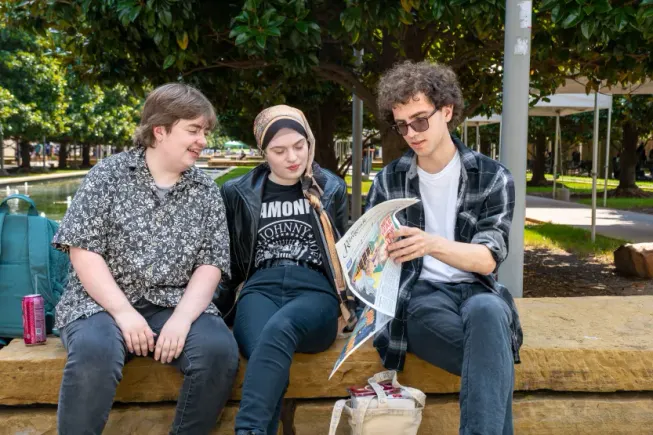
Texas state Sen. Brandon Creighton — who authored the bill and has been named the sole finalist for chancellor of the Texas Tech University System — has framed the legislation as a response to pro-Palestinian demonstrations campuses both within Texas and across the nation last year.
“While the world watched Columbia, Harvard and other campuses across the country taken hostage by pro-terrorist mobs last year, Texas stood firm. UT allowed protest, not anarchy,” Creighton told Austin American-Statesman earlier this year after lawmakers passed his bill.
Police arrested dozens of demonstrators at the University of Texas at Austin in April last year after they erected a protest encampment. They likewise quickly dismantled a protest encampment at the University of Houston the following month.
In the new lawsuit, several student groups — including the independent student newspaper at the University of Texas at Dallas, an interdenominational student ministry, and libertarian organization Young Americans for Liberty — say the legislation blocks a broad array of protected speech.
That’s because the legislation defines expressive activities as “any speech or expressive conduct protected by the First Amendment to the United States Constitution.”
“Early morning prayer meetings on campus, for example, are now prohibited by law,” the lawsuit says. “Students best beware of donning a political t-shirt during the wrong hours. And they must think twice before inviting a pre-graduation speaker, holding a campus open-mic night to unwind before finals, or even discussing the wrong topic — or discussing almost anything — in their dorms after dark.”
Other activities covered by the 10-hour daily block on expressive activities include screening a film at midnight, “wearing a Halloween costume after 10 p.m.,” photographing the sunrise, setting up an information booth early on the morning of election day to boost voter awareness, or even saying, ‘Good morning,’ the lawsuit says.
The Retrograde, a student-run newspaper at UT-Dallas, voiced concerns that the ban covers their reporting and publishing deep into the night. Working in those hours is necessary for the students to fulfill their journalist mission, according to the lawsuit.
Similarly, the student ministry group, the Fellowship of Christian University Students’ chapter on UT-Dallas, often meet to discuss issues of faith — even after their official events conclude at 10 p.m.
“The First Amendment doesn’t set when the sun goes down,” FIRE senior supervising attorney JT Morris said in a statement Wednesday. “University students have expressive freedom whether it’s midnight or midday, and Texas can’t just legislate those constitutional protections out of existence.”
Along with the UT System’s board members and chancellor, the lawsuit also names the heads of UT-Austin and UT-Dallas as defendants.
The UT System said via email Thursday that it has not reviewed the lawsuit and declined to comment further. UT-Austin and UT-Dallas did not immediately respond to a request for comment.
The 10-hour daily block on expressive activities exempts commercial speech. According to the lawsuit, that means students would be banned from protesting world hunger at 7 a.m. but they would not be prevented from hosting a bake sale at that time.
That type of content-based restriction makes the law unconstitutional, the lawsuit argues.
The lawsuit also argues against the prohibitions on certain types of expressive activities — including inviting speakers or playing percussive instruments — during the last two weeks of any term. Those bans are overly broad, the lawsuit alleges.
UT-Austin, for instance, has seven academic terms, meaning bans on those expressive activities would cover 98 days of the year. At UT-Dallas, these bans would be in place for over 90 days, according to the lawsuit.

What’s in a name? To Gallaudet University, quite a lot.
When the Gallaudet chapter of Students for Justice in Palestine protested the war in Gaza, Gallaudet moved swiftly to silence the group, neutering the SJP chapter’s social media presence and sending a campus-wide email condemning the group’s rhetoric. While they initially succeeded, swift action by FIRE and the social media company Meta ensured that free speech — and proper application of trademark law — won the day.
The leadup to last spring’s commencement ceremonies was a tense time at Gallaudet. Gallaudet SJP put up stickers across campus containing the phrase “from the river to the sea.” Many of these placements could fairly be considered vandalism by the university — and thus not protected by First Amendment principles. But rather than focus on where the stickers were placed, or where written materials should be placed, Gallaudet took a more troubling approach.
On May 22, the university released a video “community statement . . . affirming our values and addressing recent concerns.” In it, Provost Khadijat Rashid and President Roberta Cordano noted that the phrase “from the river to the sea” is “associated with rhetoric that promotes violence and hatred” and is “considered hate speech.”
Instead of specifying that the underlying speech is protected but the methods used (i.e., unauthorized stickering on university property) in communicating that speech were unacceptable, Gallaudet conflated the two, stating, “Antisemitism has no place at Gallaudet. These acts of vandalism are not protected speech.”
As FIRE has thoroughly explained, simply repeating the “river to the sea” slogan during a peaceful protest in the United States most certainly is protected speech, regardless of the dispute over whether it is also antisemitic. Gallaudet, which tells its community members it believes in “the principles of freedom of expression and open dialogue without fear of censorship or retaliation,” therefore promises to protect such speech in its own policies. Yet after threatening protected speech, Gallaudet’s leaders went on a curious digression:
We also want to address a source of confusion. A social media account [on Instagram] with the handle @sjpgallaudet uses the university’s name in its profile. This account does not represent a university-sanctioned student organization. The use of “Gallaudet” in this context is unauthorized, and the university filed a trademark infringement complaint [with Meta]. The social media handle has now been removed.
Trademark law (and corresponding Meta guidance) does allow parties with marks — such as distinctive names, logos, or even sounds, textures, or colors — to protect their creative works from infringers. But Gallaudet was stretching trademark law far beyond its bounds. In order to bring a trademark claim, rights holders generally need to show that other parties using their marks will cause confusion among consumers as to who is generating the content. In other words, Gallaudet can protect itself against would-be infringers who want to use its name to fool folks into thinking the infringer represents Gallaudet in some way. Posers beware, says the law.
But few if any social media users would think that a student group — especially one with a clear advocacy posture like SJP — represents a university just because the group references the name of the school where it operates. If someone actually exists who would assume Gallaudet officially sponsors the @sjpgallaudet Instagram handle, they would surely be dissuaded by the prominent message on the account saying: “GALLAUDET UNIVERSITY SHUTS DOWN STUDENTS FOR JUSTICE.” No likelihood of confusion, no trademark infringement.
Intellectual property rights cannot and should not be used to make unpopular speech go away.
FIRE made this simple point to Gallaudet in a June 3 letter, while also taking the time to carefully explain that “from the river to the sea” is protected by the university’s free speech promises. We received no reply, just crickets.
Fortunately, Meta proved significantly more helpful. On July 29, FIRE contacted Meta, urging the company to reinstate the @sjpgallaudet account. On Aug. 26, Meta wrote to FIRE explaining that, upon further review, its legal teams had determined that the account does not violate trademark guidelines, and reinstated it. Meta deserves praise in this case for thoroughly reassessing its earlier trademark determination and changing its decision accordingly.
While the phrase may offend some listeners, feeling offended is hardly adequate cause to circumvent First Amendment protections for freedom of speech.
But Gallaudet, for its part, refuses to acknowledge its mistake or hostility toward student expression. This creates the troubling possibility that the university will again try to misuse trademark law to bully groups it doesn’t like, even if Meta is onto its shenanigans.
This is not the only time we’ve seen universities try to use their names to knock down perceived opponents. In July, FIRE blogged about a similar case involving Purdue University, where the independent student newspaper The Exponent published an editorial saying it would remove the names and images of pro-Palestinian activists from its website over concerns that the federal government would use them in its efforts targeting what the government called “pro-jihadist” speech.
In response, Purdue’s administration went on the offensive. The university told the publication, run by Purdue students since 1889, to stop using the name “Purdue” in its website address. Purdue also said it would stop circulating the paper and end preferential parking for its staff. As we noted at the time, Purdue’s decision made a mockery of trademark law and threatened independent journalism.
Purdue and Gallaudet surely won’t be the last higher-learning institutions to invoke trademarks to silence dissent. But FIRE will continue to call on universities to protect their marks in a way that respects the First Amendment.
Names are valuable to organizations, who have a right to protect their brands from abuse and safeguard consumers, donors, and passersby from confusion. Yet intellectual property rights cannot and should not be used to make unpopular speech go away.